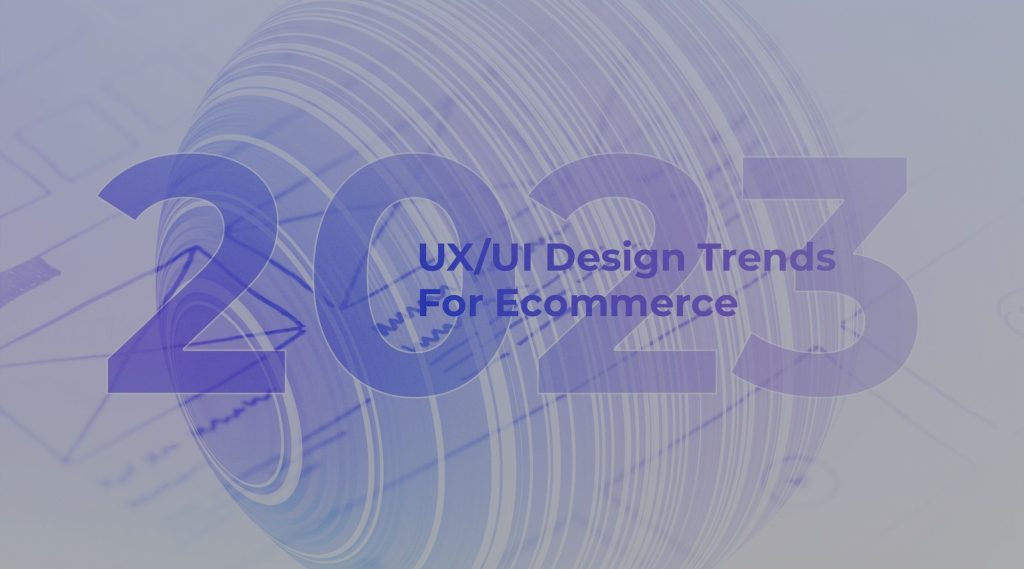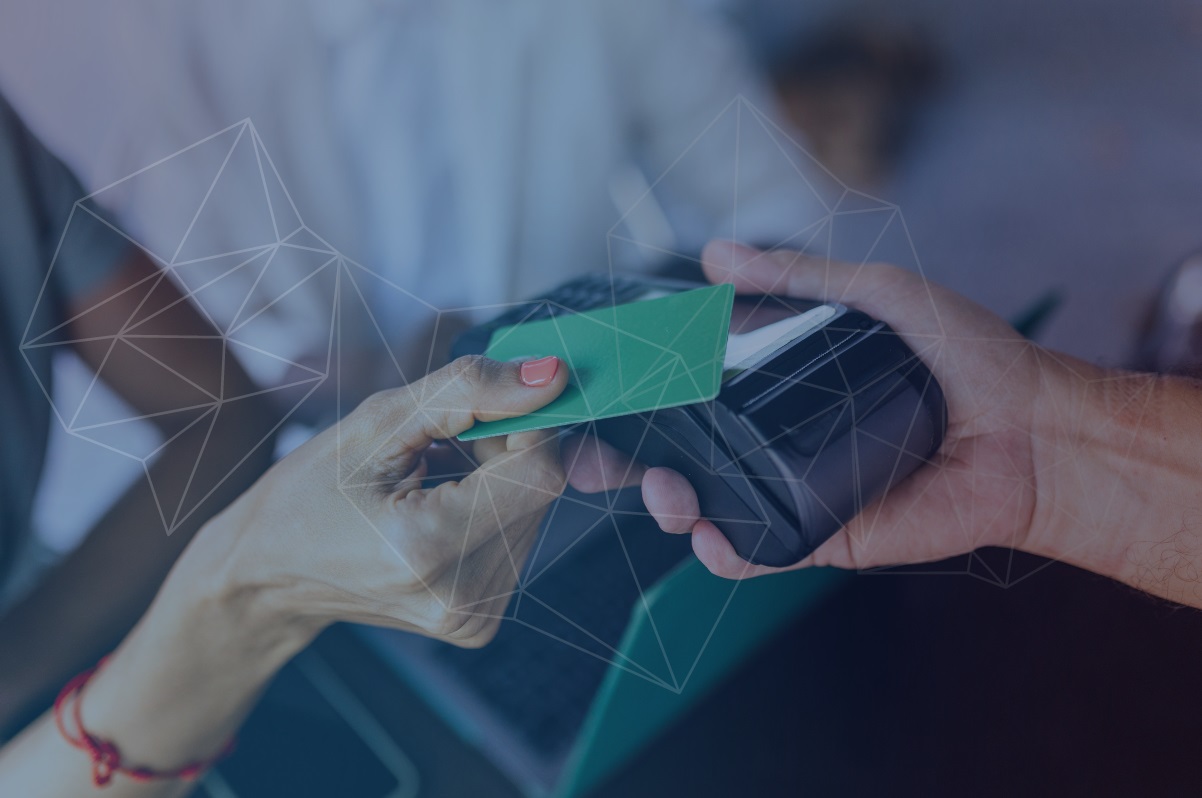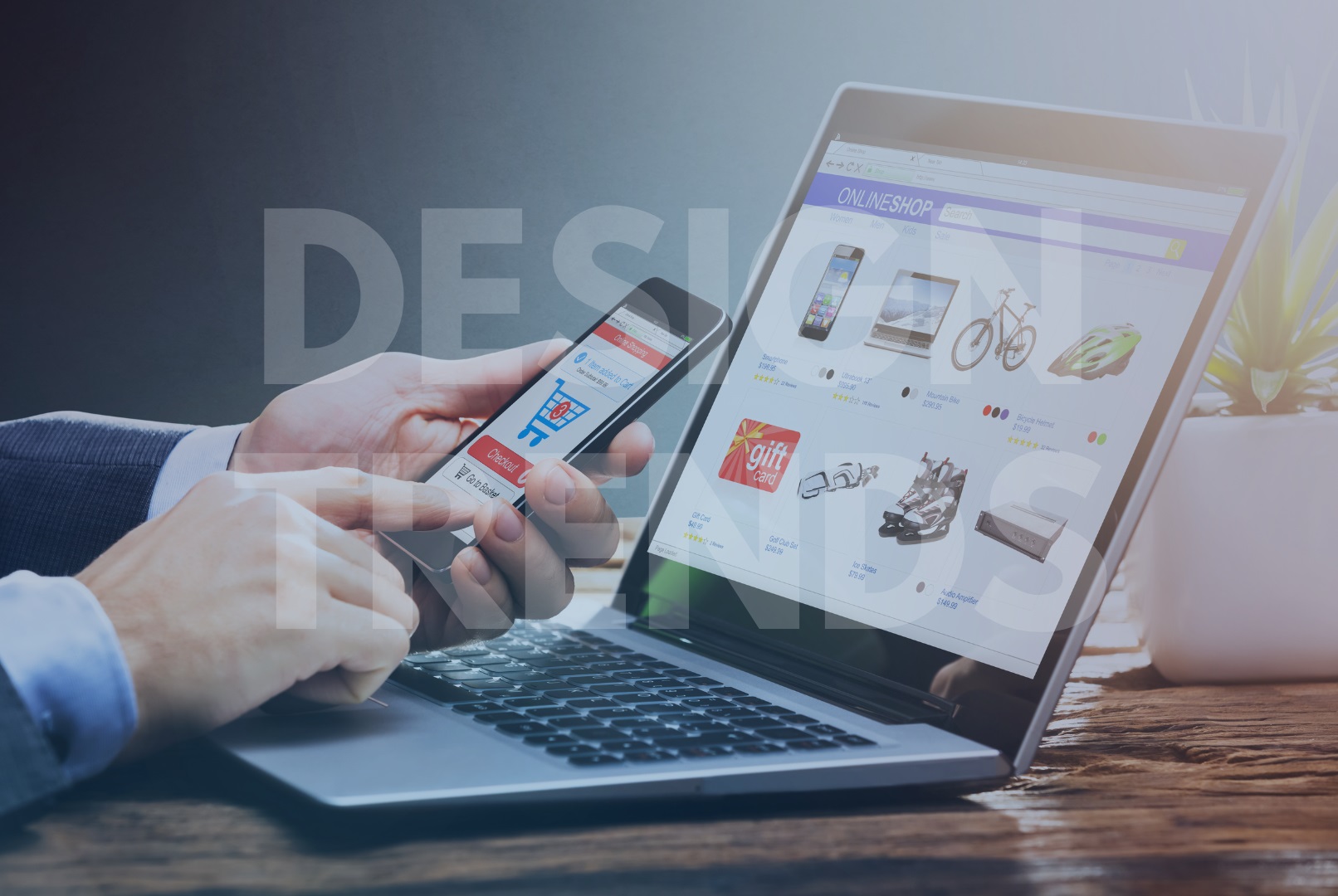Immersive Page Scrolling
Motion design plays an essential role in creating immersive page scrolling. Today, many designers still emphasize what order of content to use to present their clients’ stories in the most understandable way for users. However, videos and animations weren’t enough to bring the site to life.
JavaScript animation libraries and native implementations (such as linear interpolation methods) make creating smooth animations and adjusting component scrolling behavior easier than ever. Now designers have complete control over how users see your content.
The development of immersive scrolling provides many opportunities to create compelling stories. And many eCommerce companies will likely take advantage of this approach.
3D Images
Three-dimensional graphics have become more common on social media. Nevertheless, the number of “corporate illustrations,” so widespread during the last 2 years, is likely to shrink, making room for a new direction.
Many eCommerce websites and apps now include live and colorful images, artwork, and 3D objects that complement the content. The proliferation of 3D objects, which are inextricably linked to virtual and augmented reality, should continue in 2023.
Gradients
Both social media and fashion are seeing more and more gradients. The 1980s and 1990s seem to be coming back together with brighter colors and styles. This manifests in various ways in the digital environment, including through gradients, brutalism, and bright color schemes.
This trend, widely recognized this year, will continue into next year. We’ll see websites, packaging, and more in bright and optimistic colors to help consumers overcome pandemic fatigue.
Emotional Design
Beautiful eCommerce website design helps to establish a close connection with target customers. “Vivid” details help to evoke feelings of different nature and specific reactions, attracting more attention and facilitating further sales. For this trend, you need to use a bright color scheme to highlight the main parts of the UX/UI section. For example, the 90’s style is able to evoke pleasant memories and nostalgia. This idea can be applied to show the past through the lens of modern design.
Inclusive Design
Designers today are working to create a more inclusive web, and following the user interface design trends is seen in almost everything nowadays. Inclusivity increases gender neutrality, culture, race, ability, and accessibility.
The most common theme is that your online store should be designed so that if someone is interested in accessing the content, viewers or visitors can see other relevant people on the screen.
But it helps you a lot if you’re careful not to overdo it with images that scream: “We’re inclusive!” It’s one of those UI design trends that’s more about showing than telling, and being real and authentic is more important than imposing it. We talked more about inclusive design in this article.
Motion and Animation
Motion UI design trends add eye-catching and customizable animations and transitions to the interface. They help enriching the user experience by adding lively elements to the interface of your online store. These UI design trends enhance the visual appeal by adding a motion dimension to the design.
So, adding motion or animated elements to UI design can be a great way to make static interfaces more pleasant and memorable, which will increase user satisfaction and improve their engagement with your brand.
Virtual and Augmented Reality
This year, Decentraland hosted Fashion Week in the metaverse for the first time. VR/AR technologies help eCommerce businesses, making it easier to build online communities and combine the best of the digital and physical worlds. For example, AR allows you to decorate a room before buying furniture and speed up order picking in the warehouse, while VR can help you discover how the product works.
With each new round of technological advances, designers need to consider how these interactions will be implemented and how to keep users safe while using VR devices.
The Bottom Line
The coming year already promises to be extraordinarily explosive in terms of eCommerce website design and user interface trends. Understand and learn how to combine these elements in existing designs or as part of something new. Be creative and have fun! We will help you with that!





